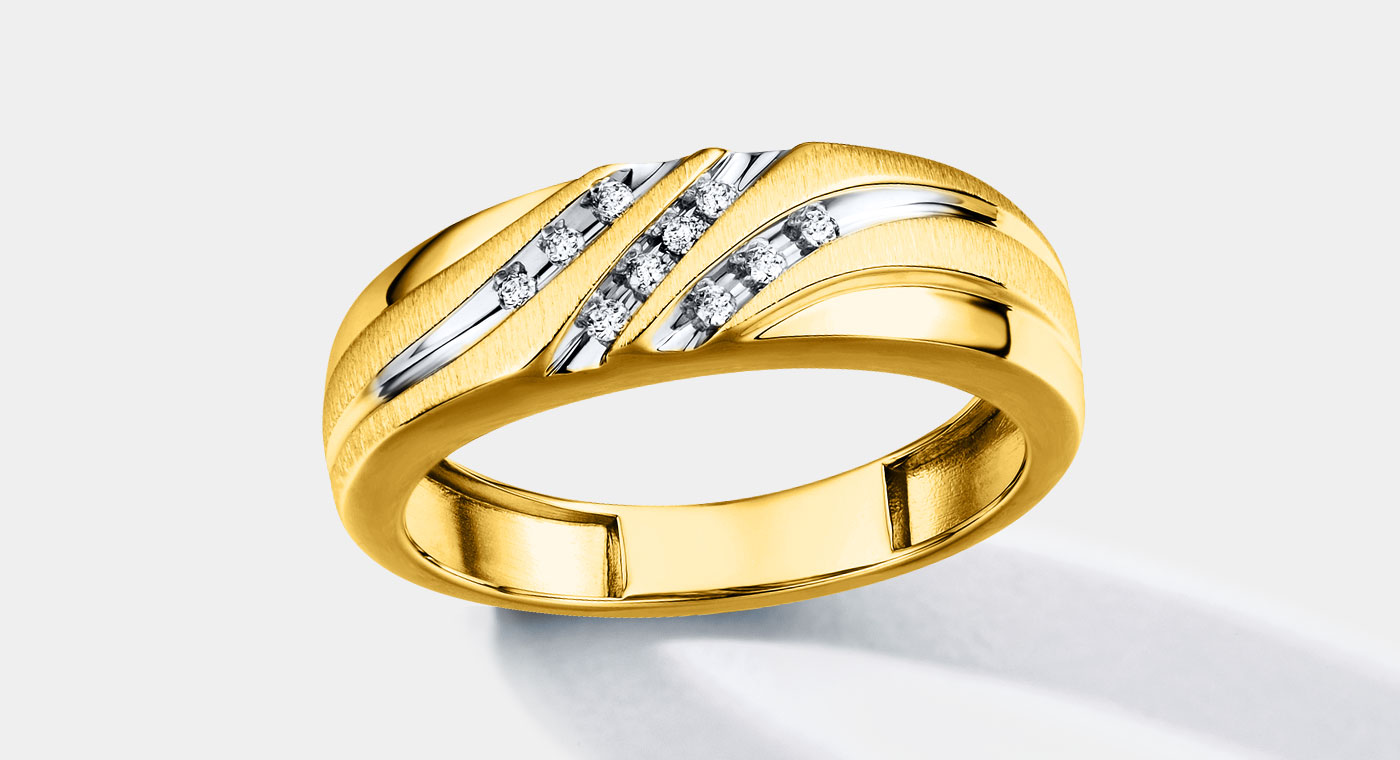Revealing the Mysteries Behind the Assessment Procedure Used by Precious Metal Acquirers
Wiki Article
This appraisal process used from precious metal purchasers is a important subject to individuals interested in disposing of precious metal. Comprehending how gold gets valued can help sellers make knowledgeable choices as well as ensure sellers obtain an fair price. Precious metal buyers typically utilize several key factors to determine the value of gold items, such as fineness, mass, plus present market prices. Each of these has an significant role during the overall valuation process.
One of the initial stages of the valuation process is evaluating its purity of the precious metal. Precious metal fineness can be measured in karats, with 24 karats being 100% gold. A majority of precious metal jewelry is usually 100% while it may may consist of 10, 14, or eighteen karat. A higher the karat value, the greater precious metal material the piece contains. Gold buyers often employ a assessment technique, such as acid assessments and digital testing, to ascertain the purity in the precious metal. This stage remains crucial because this directly affects the item's value. For, example, one twenty-four karat gold piece will become valued more than a 14-karat piece, even if they weigh the same.
Another weight of the gold item is another critical element of this appraisal procedure. Precious metal can be typically weighed by grams and troy ounces. Buyers will weigh the precious metal for compute the worth based on the fineness. This weight gets combined with the gold's purity percentage for determine an amount in 100% precious metal contained in a item. For, if a fourteen karat precious metal band weighs 10 grams, the item holds approximately 5.83 grams of pure precious metal. Such computation assists buyers determine how much buyers will be prepared for pay for the item.
Present trading valuations additionally play a important part during the valuation for precious metal. Current valuation for precious metal fluctuates based on availability plus demand, economic conditions, and global occurrences. Precious metal buyers keep an close eye over such trading trends to ensure they offer competitive prices. Buyers commonly refer to a current valuation of gold, that represents a present trading valuation for immediate transaction. Such price can fluctuate every day, so purchasers must stay updated for provide accurate assessments. Vendors should likewise remain aware of such trading trends, as they may influence the valuation sellers obtain for the gold.
Finally, a state and quality in a gold item may affect its worth. Distinctive designs, designer labels, and cultural importance can all contribute to an value of a item. For instance, a well-crafted gold chain from a renowned designer may command an greater valuation than one comparable piece lacking a designer label. Buyers will take into account these factors while making an bid. Sellers must spend the effort for polish and present the gold items properly, as this may positively influence a purchaser's perception plus the final valuation.

In conclusion, this valuation procedure employed from gold buyers includes various key elements, such as purity, weight, current market prices, plus a state in a item. Understanding these factors may help sellers manage this disposal procedure better effectively. By being knowledgeable on the way precious metal is assessed, sellers can explanation ensure sellers obtain an fair price for the precious metal pieces. Regardless of whether disposing of jewelry, coins, or additional precious metal items, awareness about the appraisal procedure remains essential for formulating wise monetary decisions.